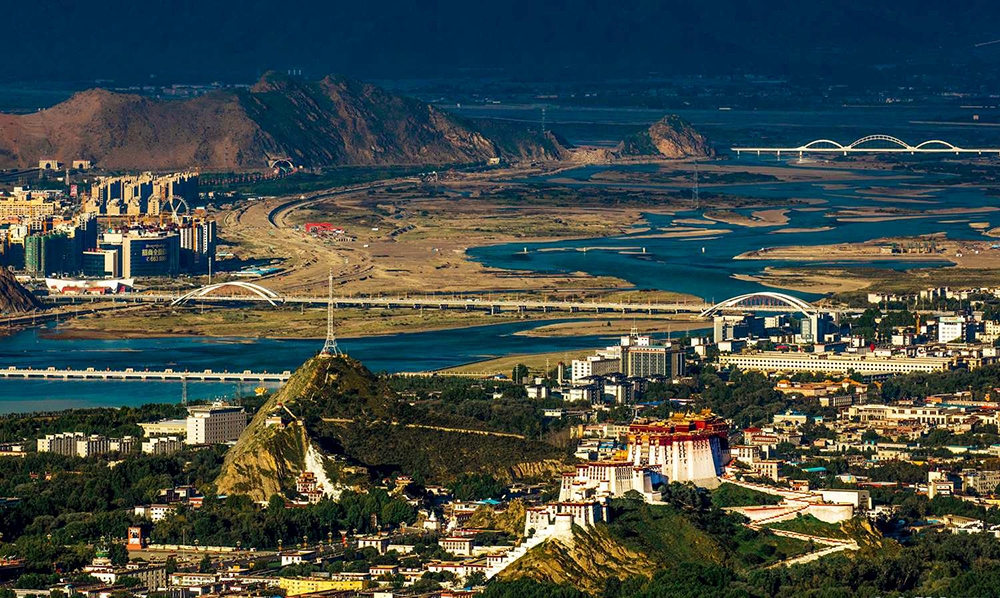[Stories of deputy] Tashi Nyima: Witness the leapfrog development of Tibet’s electric power industry
Tashi Nyima (deputy of the National People’s Congress, vice monitor of the power-reserving class of the State Grid’s Lhasa power supply branch city service center)
I come from Riwoche County of Chamdo City. In my childhood, my nighttime source of light up and into my preschool and kindergarten years was the same as it had been for generations before me, by butter lamp. Then came electric power when I was in elementary school, but stability was spotty all the way through middle school.
In 1990, I set foot from home for the first time to receive my schooling in the Hydro-Power Technical School of the Tibet Autonomous Region, based in Lhasa. Upon graduation, I was appointed to work for the Ngachen Hydropower Station, at which time my life was forever intertwined with electric power.
I have personally witnessed how Tibet has undergone leapfrog development in power supply during my career. At the end of 2011, for instance, with a total investment of 16,286 million yuan, the Qinghai-Tibet networking project was complete and put into operation, a huge step forward for the general populace in those two provinces. On November 20, 2014, the supply for Sichuan was connected with that of Chamdo’s in eastern Tibet, marking another milestone. Then on November 23, 2018, the project to light central Tibet, known for setting countless records in electricity accessibility throughout its implementation, was officially finalized. Moreover, in December of 2020, Ngari and central Tibet were connected to each other’s system. At that very moment, the main power grid in Tibet has covered its 74 county-level areas, marking the beginning of an era of a unified power grid in the region.
This abundance in supply now allows Tibet’s inhabitants to engage in “better electric usage” strategies. Before, Lhasa’s power wires, especially in its oldest urbanized portion, appeared like black spiderweb-like blobs that zigged and zagged through, between, and around the poles. The entire thing was a huge safety hazard, not to mention a hotbed of power fluctuations and failures. Today, however, after constant and still-ongoing renovations to these old districts (Barkor in particular), lines have since forever disappeared underground and no longer bare their messes under the highland sun.
In 2016, the Lhasa Power Supply Company sent me and three others to different provinces of China to learn how to conduct in-person, on-the-spot repairs to live wires. In 2017, the Lhasa Urban Power Supply Service Center for Power Live-Line Operation was formally established. Nowadays, issues can be handled without having to shut down entire blocks, with locals often not even realizing that something was amiss. What a far cry from how things were before, and how this stands as a mighty testimony of Tibet’s residents constantly improving their electricity-oriented conscientiousness! The future only looks brighter as each new day dawns.
Tibet Stories

Tibet boarding schools narrow the rural-urban education gap
The boarding school system in Tibet has maximized education opportunities for the children o...

